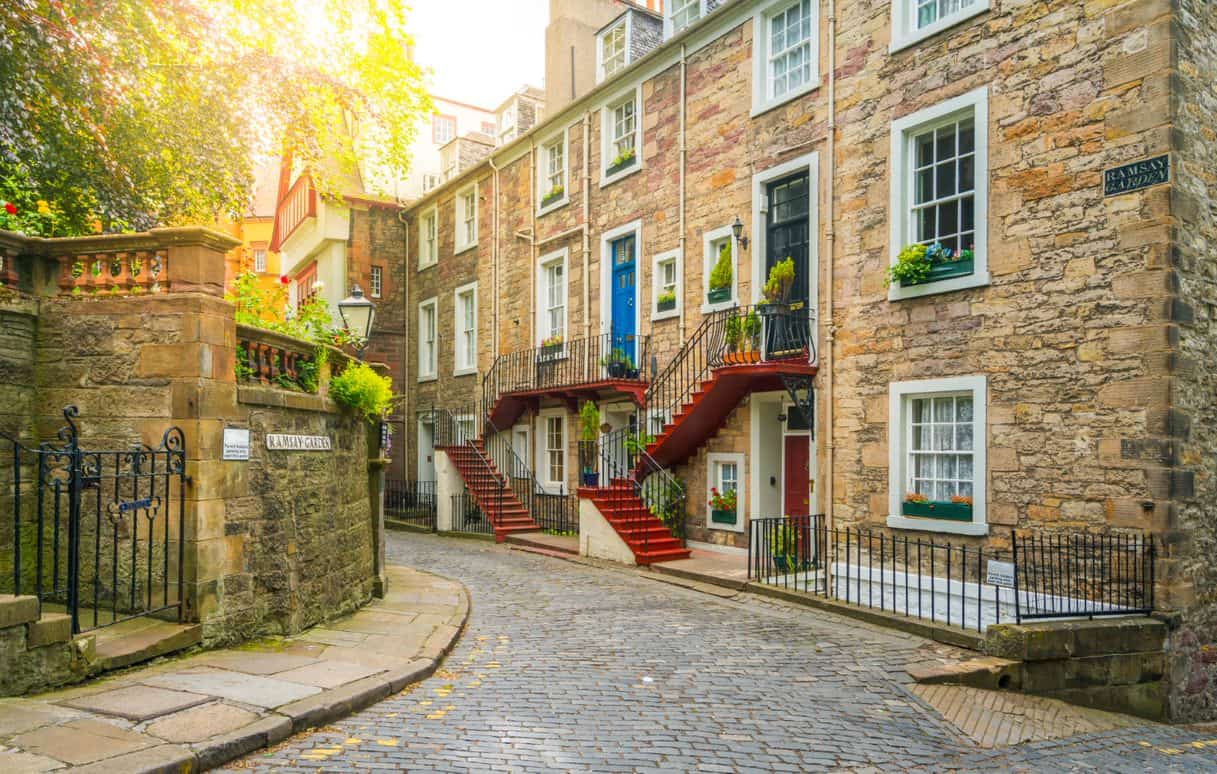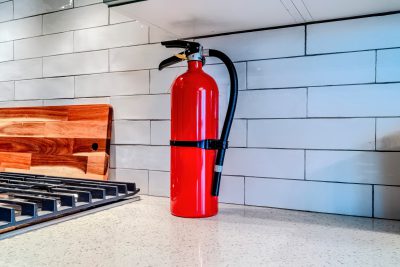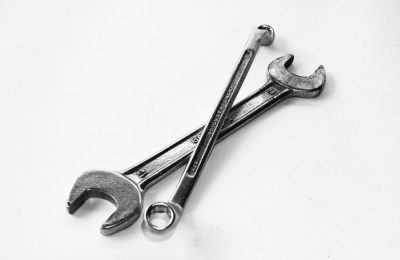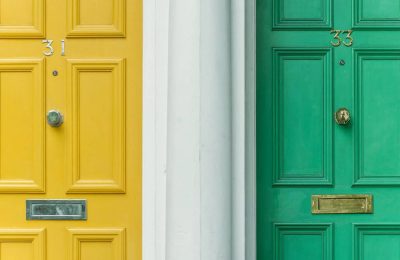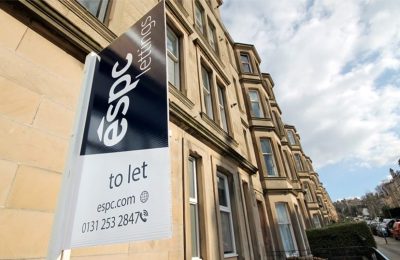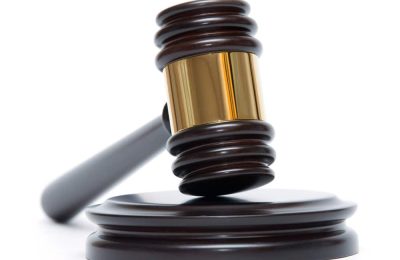Wondering what you can and can’t do when renting a property? Here’s why tenancy agreements are a crucial part of the process.
What is a tenancy agreement?
A tenancy agreement will outline the terms of your lease and what is expected of you as a tenant.
You should read the agreement carefully before you sign it and be fully aware of the rules of the property you are living in – for instance, your landlord may be strict about keeping pets and most landlords will not allow smoking in the property.
Your tenancy agreement should also answer questions about your deposit, rules on redecorating, contain an inventory and details of how much rent is paid and when.
Common questions about tenancy agreements are answered below.
What happens to my deposit?
All deposits in Scotland must be lodged with an approved tenancy deposit scheme within 30 days of the start of the tenancy – the three main ones are Letting Protection Service Scotland, Safe Deposits Scotland and Mydeposits Scotland.
You will receive your deposit back at the end of the tenancy and there may be some deductions for cleaning or repairs which your landlord will notify you of.
When do I pay rent?
How much rent you pay and when it should be paid will be outlined in your tenancy agreement.
Am I allowed to sublet a rental property I’m living in?
Whether you are allowed to sublet or not will be detailed in the tenancy agreement. If you sublet without asking your landlord first, you could face paying a fine.
Can I redecorate a rental property?
The tenancy agreement will say whether you are allowed to redecorate or not, as well as make smaller upgrades such as putting artwork on the walls and adding your own furniture.
How much notice do I have to give when leaving the property?
Your tenancy agreement should state how much notice you need to give when you want to end your tenancy – this is usually one month.
For more advice on renting in Edinburgh, contact us here.
